All Stories
-
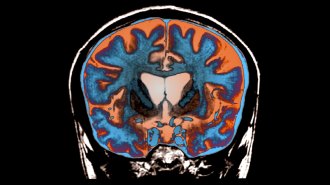 Health & Medicine
Health & MedicineWhy Huntington’s disease may take so long to develop
Repeated bits of the disease-causing gene pile up in some brain cells. New treatments could involve stopping the additions.
-
 Microbes
MicrobesEvolutionary virologist Daniel Blanco-Melo seeks out ancient pathogens
Daniel Blanco-Melo has reconstructed two viral strains brought to the Americas with European colonizers in the 16th century.
By Pratik Pawar -
 Physics
PhysicsLight, not just heat, might spur water to evaporate
In experiments, light shining on water as much as doubled the evaporation rate expected from heat alone, hinting at a never-before-seen effect.
-

-

Scientific meetings — it’s nice to see you again
Executive editor Elizabeth Quill discusses the importance of covering scientific meetings.
-
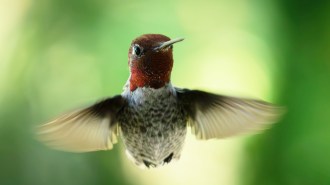 Animals
AnimalsHow hummingbirds fly through spaces too narrow for their wings
Using high-speed cameras, a new study reveals Anna’s hummingbirds turn sideways to shimmy through gaps half as wide as their wingspan.
-
 Environment
EnvironmentGrassland and shrubland fires destroy more U.S. homes than forest fires
Grassland and shrubland fires destroyed nearly 11,000 homes in the contiguous United States from 1990 to 2020.
By Nikk Ogasa -
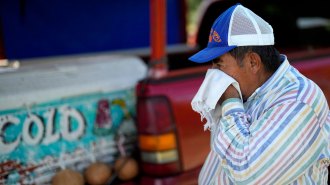 Climate
ClimateThe last 12 months were the hottest on record
The planet’s average temperature was about 1.3 degrees Celsius higher than the 1850–1900 average, a new report finds.
-
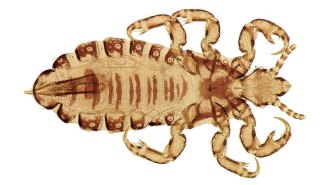 Life
LifeHead lice hitched a ride on humans to the Americas at least twice
The genes of head lice record the story of their human hosts’ global voyages.
By Jake Buehler -
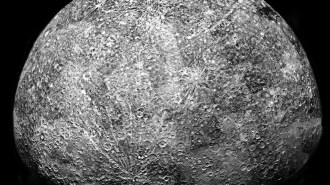 Planetary Science
Planetary Science50 years ago, the first probe to visit Mercury launched
In the 1970s, NASA’s Mariner 10 became the first spacecraft to visit Mercury. Only one other probe has made the journey and another one is on its way.
-
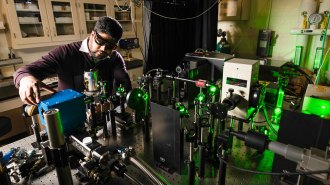 Physics
PhysicsA controversial room-temperature superconductor result has now been retracted
The retraction by Nature is the third for beleaguered physicist Ranga Dias, who still stands by his claim of a room-temperature superconductor.
-
 Psychology
PsychologyWhy scientists are expanding the definition of loneliness
Feeling detached from animals, places and routines can cause loneliness, researchers are learning, which may expand the list of interventions.
By Sujata Gupta